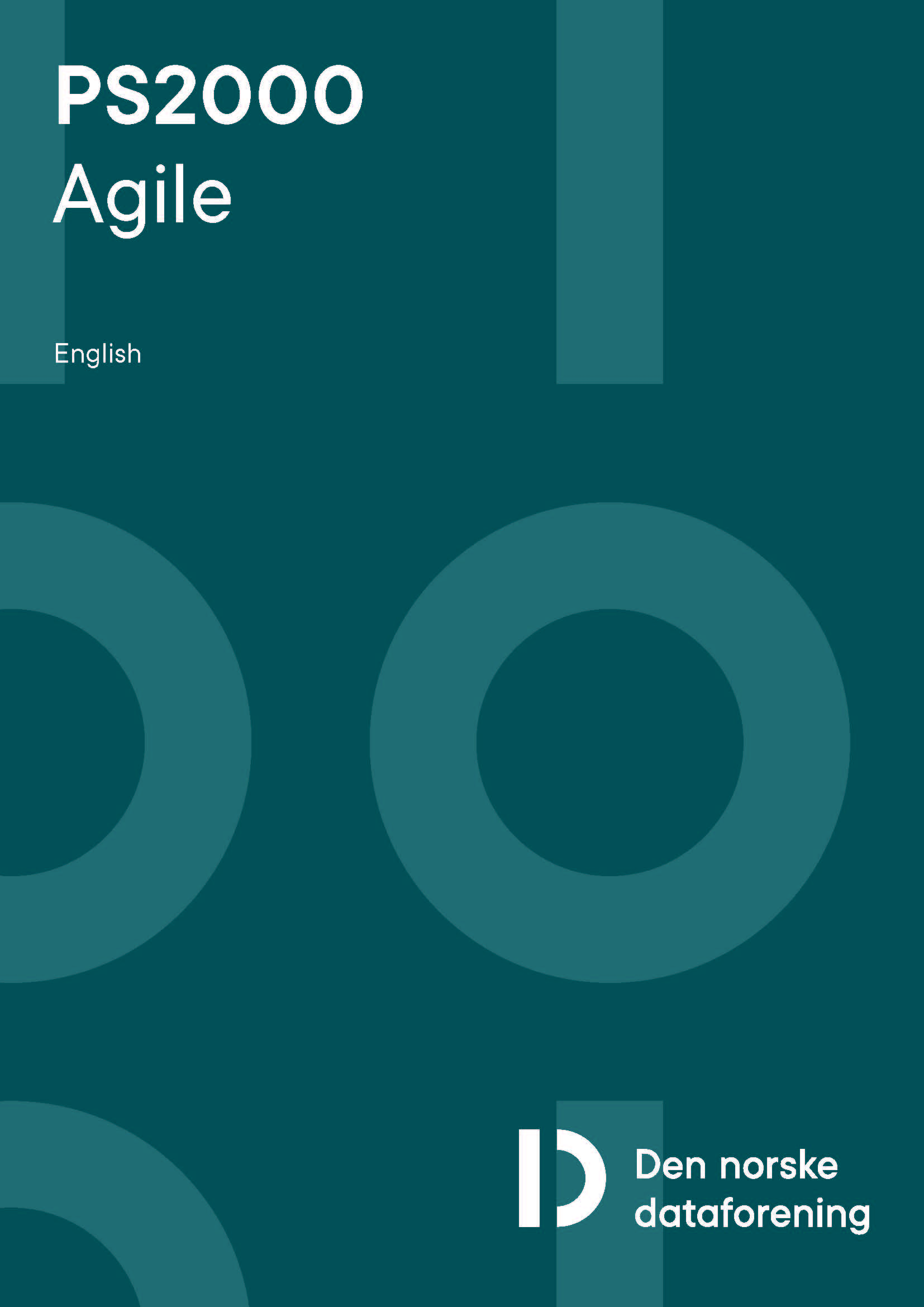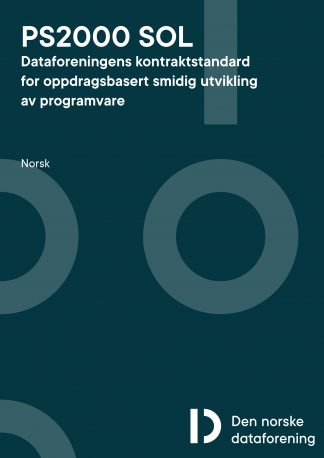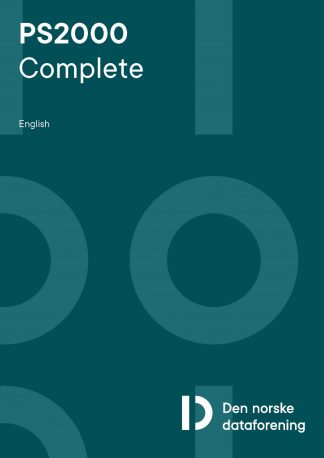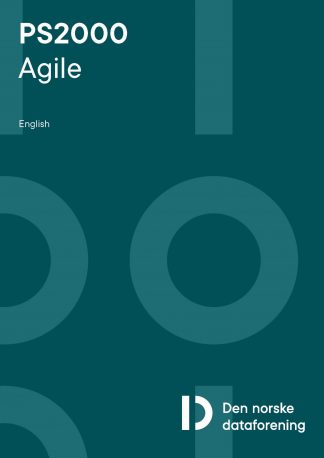Beskrivelse
The PS2000 Standard Contract was developed under the research program Project 2000, carried out in alliance between the Norwegian University of Science and Technology (NTNU) and leading industry and public administration.
The Norwegian Computer Society took over the responsibility for maintenance and further development of the standard contract. This edition represents the third version of the standard contract, updated to reflect agile methods and models, described in the Norwegian user guide to the PS2000 Agile Standard Contract.
The standard contract is meant to be used when the requirements are difficult to define in detail in advance.
The main elements of the standard contract are:
- Increasing efficiency of the procurement and tender processes
- Based on documented ”Best practice”
- Tools for managing uncertainty
- Stage by stage, iterative development based execution model
- Close co-operation between supplier and customer
- Incentives and sanctions in combination with target pricing
- Procedures for conflict resolution with an expert as a mediator
The main reasons for using the agile alternative version are:
- Large projects must be divided into a number of minor deliveries to be able to reduce risk and increase the quality
- Results may be delivered during the course of the project to be able to verify business value
- The direction may be changed during the course of the project
- Agile development will result in better prioritising, better goal orientation, motivation and influence for the members of the project and better control of technological risk
The main changes compared with the standard version are:
- PS2000 stages may be mapped directly to a sprint as it is documented in Scrum
- The main success criteria is that the parties agree on the content of the product backlog, the sprints and the control gates
- In general more guiding text is included throughout the contract and especially in Annex A and B according to agile methods
- The uncertainty matrix is extended to included experiences from agile projects
- The roles as project manager and product owner are divided
- The roles as the supplier’s project manager and scrum master are divided
- The customers duties are extended, especially regarding responsibility for the product backlog
- Under status reporting the burndown charts are proposed as a supplement to the S-curve
- The scrum-process is documented
- It is emphasised that the delivery of the solution description phase includes a prioritised product backlog and updated estimates
- Additional guiding lines for the analyses and design, the development and the testing phase are included
- Further requirements for the control gate are included
The contract consists of three parts:
The Customer and Supplier are defined in the Part 1, Contract Document, which also states the order of priority between Part 1, Part 2 and the annexes in Part 2.
The General Provisions are stated in Part 2. The objective of Part 2 is to govern the rights and obligations of the parties in relation to the Delivery of software, including any adaptations, services and associated hardware as specified in separate annexes (Part 3) to the Contract.
Part 3 consists of all the specific annexes.
The agile version (3.1S) consists of an alternative version of Part 3. This means that the standard versions of Part 1 and 2 should to be used together with the 3.1S-version of Part 3.





